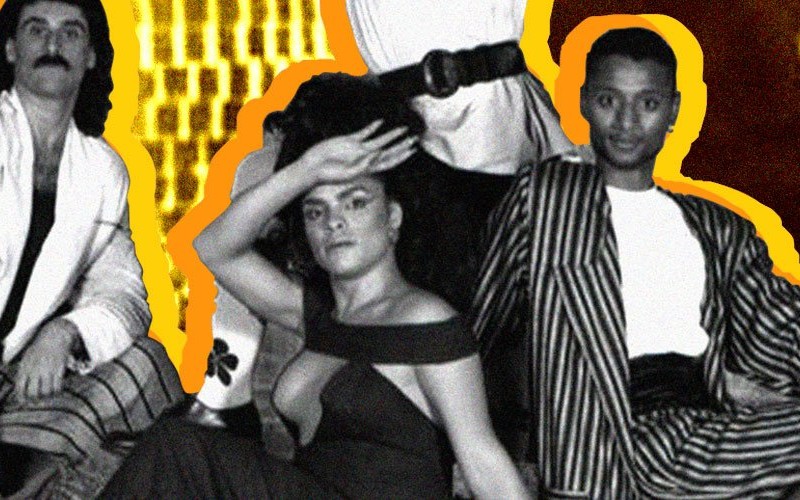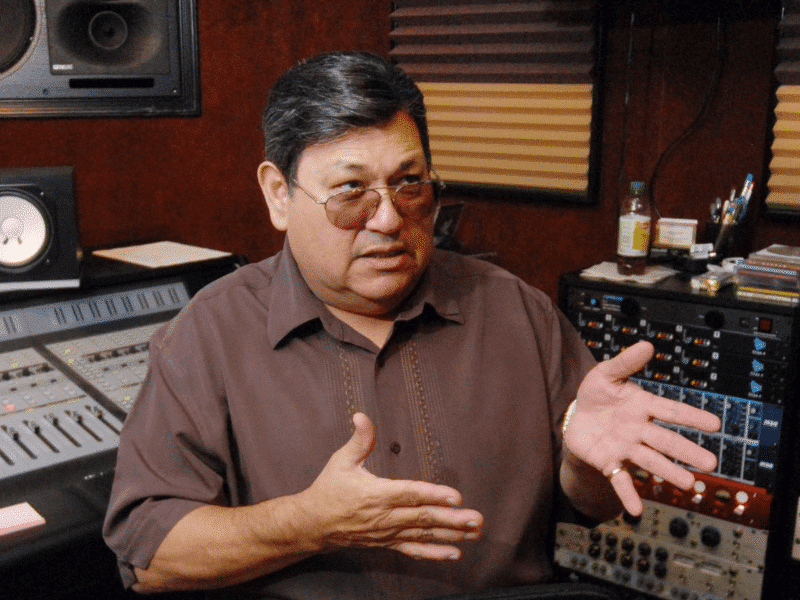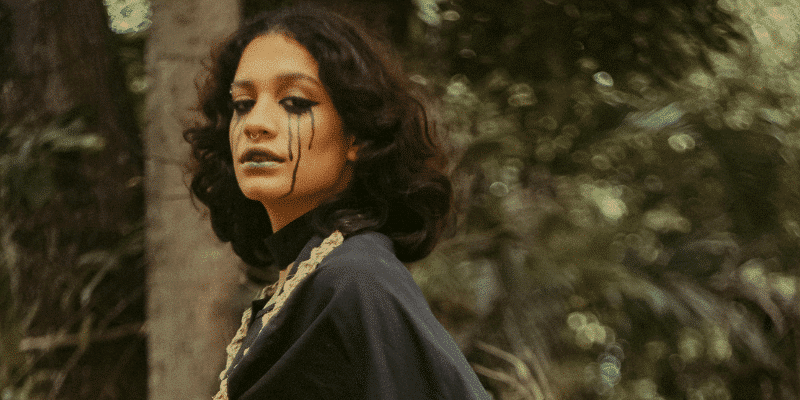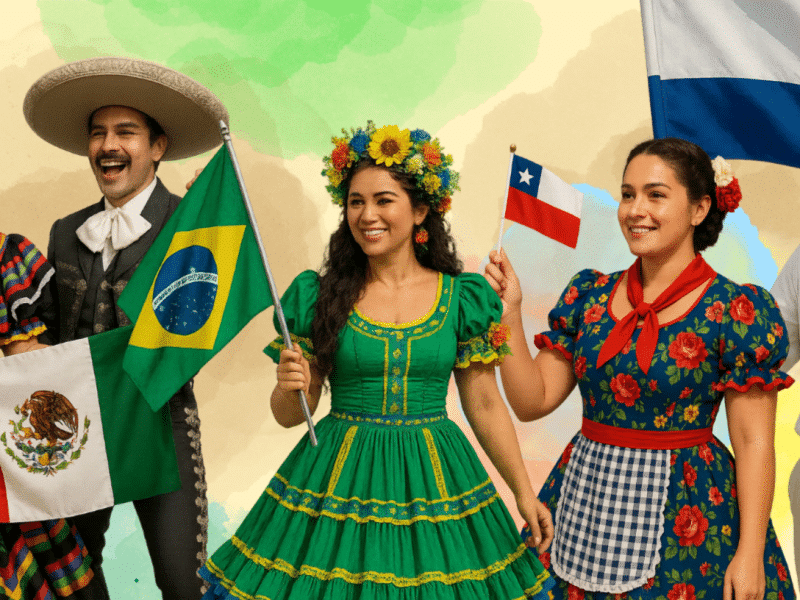Black and Latino LGBTQ+ Power in the Ballroom Scene
Ever wonder where voguing started or why terms like “shade” and “reading” are everywhere now? Look no further than the Ballroom Scene, which has been a safe haven since the ’20s, where marginalized voices find strength and strut their worth.

The rich tapestry of New York City culture includes numerous vibrant subcultures, each offering unique perspectives and contributions. The Ballroom Scene, an underground subculture deeply rooted in Black and Latino LGBTQ+ communities, is a profound example of resilience, creativity, and cultural expression, a testament to the power of diversity and acceptance.
Birth of the Ballroom Scene
Originating in the Harlem neighborhood of New York City in the 1920s, the Ballroom Scene was a safe haven for marginalized Black and Latino LGBTQ+ individuals. During an era where racial segregation and homophobia were institutionalized, the ballrooms offered an accepting space for individuals to express themselves authentically and celebrate their identities freely.
Early incarnations of the ballroom events, known as “drag balls,” were documented in the 1968 documentary “The Queen.” However, the scene we recognize today truly took shape in the 1970s and 80s, evolving into a dazzling display of creativity, fierceness, and camaraderie.
Houses and Competitions
At the heart of the Ballroom Scene are ‘Houses’ – akin to surrogate families. These Houses, usually led by a charismatic and nurturing ‘Mother,’ provide emotional support, guidance, and mentorship to their ‘children,’ many of whom faced familial rejection due to their identities.
Each House takes part in ballroom competitions, vying for trophies and bragging rights in categories ranging from Vogue (a highly stylized dance form) to Realness (passing convincingly as a particular gender or social role). Notably, the Ballroom Scene is where Voguing originated, later popularized by Madonna’s iconic “Vogue” in the 1990s.
The Houses and competitions form an integral part of the Ballroom Scene, serving as a crucial support system while also promoting the creative and competitive spirit that fuels the scene’s vibrancy.

Influence on Pop Culture
The Ballroom Scene has left an indelible mark on popular culture, despite its underground roots. Apart from Voguing, the scene’s unique lingo, including terms like “shade” and “reading,” has permeated the mainstream vernacular, thanks to shows like “RuPaul’s Drag Race.”
The scene itself has been portrayed in various media, most notably in Jennie Livingston’s seminal documentary “Paris Is Burning” (1990) and the recent TV series “Pose” (2018). These portrayals have been instrumental in bringing the Ballroom Scene into mainstream consciousness while highlighting the joy, struggle, and resilience of its community members.
The Ballroom Scene Today
The Ballroom Scene continues to thrive in the 21st century, branching out from its New York City roots to other cities in the United States and around the world. Today’s ballroom events are more inclusive, inviting participants from various races, genders, and sexual orientations. While the scene has expanded and diversified, it remains true to its core ethos – to be a safe and empowering space for marginalized individuals to express their authentic selves.
The Ballroom Scene has proven to be a dynamic force, shaped by Black and Latino LGBTQ+ communities. This vibrant subculture has not only served as a vital support network for marginalized individuals but has also greatly influenced popular culture, leaving a lasting legacy in its wake. The story of the Ballroom Scene is one of triumph over adversity, demonstrating the power of unity, creativity, and pride in the face of societal prejudice. It is a testament to the enduring spirit and the richness of African-American and Latino LGBTQ+ cultures that continue to shape our world.




